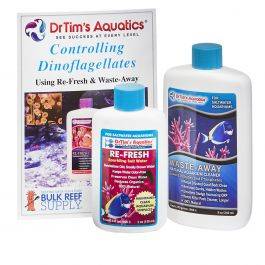- Location
- Manhattan, New York
Hey all,
Trying to identify a nuisance in my tank, which is starting to occupy the sandbed and some rockwork - I'm not sure if it's dino or cyano. I've gone back and forth - there is a bit of a stringy element which says dino to me, but there is a lack of bubbles. It also doesn't have quite the heavy mat-like structure of cyano, so I'm not sure.
I've tested with my API test kit (which I realize is not super precise), and my Ammonia/Nitrite/Nitrate levels (at least per the kit) or close to 0 (which makes me feel like it's possibly dino, due to nutrient deficiency). I tried a three day blackout with UV concurrently, but it came back after a day.
Any guidance would be appreciated!
Trying to identify a nuisance in my tank, which is starting to occupy the sandbed and some rockwork - I'm not sure if it's dino or cyano. I've gone back and forth - there is a bit of a stringy element which says dino to me, but there is a lack of bubbles. It also doesn't have quite the heavy mat-like structure of cyano, so I'm not sure.
I've tested with my API test kit (which I realize is not super precise), and my Ammonia/Nitrite/Nitrate levels (at least per the kit) or close to 0 (which makes me feel like it's possibly dino, due to nutrient deficiency). I tried a three day blackout with UV concurrently, but it came back after a day.
Any guidance would be appreciated!






